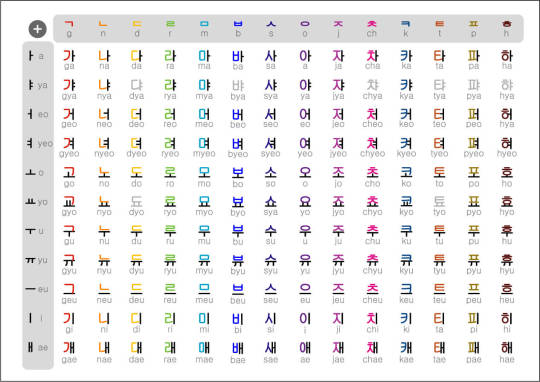Text
Yes and No in Korean
Yes = 네 [ne]
It is also used as a conversation filler. If you listen to two Korean people talking with each other, you will hear them saying 네 quite often, even when it is not intended to mean “Yes.”
No = 아니요 [a-ni-yo]
It does not have the same meaning as saying “Yes” in English. The same goes for “아니요”, too. This is because the Korean word “네” expresses your “agreement” . In contrast, “아니요” expresses your “disagreement” or “denial” to what the other person is saying.
Both of these types ar polite/formal language (존댓말)
But there are also more options to express you are agree or disagree.
#korean#learn korean#learning languages#learn languages#study blog#yes and no#korean language#language
2 notes
·
View notes
Text
Polite/Formal and Casual/Informal Korean language
Formal language : 존댓말 [jon-daen-mal]
Words or sentences which ends with 요 [yo] or 니다 [ni-da] are mostly formal.
------------------------------------------------------------------------------
Informal language : 반말 [ban-mal]
1 note
·
View note
Text
How to say Excuse me, Thank you or I'm Sorry in Korean?
Excuse me : 저기 [jeo-gi] ("over there") + 요 [yo] ()
= 저기요 [jeo-gi-yo]
"Excuse me" you only use to get someones attention, not to apologize.
---------------------------------------------------------------------------
Thank you : 감사 [ gam-sa ] ("thankfulness") +
합니다 [ham-ni-da] ("I do")
= 감사합니다 [gam-sa-ham-ni-da]
---------------------------------------------------------------------------
I'm Sorry : 죄송 [joe-song] ("being sorry") +
합니다 [ham-ni-da] ("I do")
= 죄송합니다 [jeo-gi-yo]
“I am sorry.” is not always 죄송합니다. And it can never mean “I am sorry to hear that."
#korean#learn korean#learn languages#language#study blog#learning#learning strategies#learning languages#thank you#im sorry#excuse me
1 note
·
View note
Text
How to say Hello and Goodbye in Korean
Hello : 안녕 [an-nyeong] + 하세요 [ha-se-yo]
= 안녕하세요 [an-nyeong-ha-se-yo]
The mostly Korean person abbreviate it, and only say
= 안녕 [an-nyeong]
------------------------------------------------------------------------------
When we say Goodbye in Korean we have two different options.
If you leaving, and the other person is staying, you say
= 안녕히 계세요 [an-nyeong-hi gye-se-yo]
If you are staying, and the other person is leaving, you say :
= 안녕히 가세요 [an-nyeong-hi ga-se-yo]
#korean#korean language#learning languages#learning#language#study blog#learn languages#hello and goodbye
2 notes
·
View notes
Photo

Korean Hangul
In Korean we have 14 consonats and 10 vowels. But there are a many combinations of this consonats and vowels. This is a graphic I used often to translate the Korean language. First of all I would look only on the simple 14 consonats and 10 vowels, to understand the structure.
How to write Hangul you have to write from left to right and from the top to the bottom.
2 notes
·
View notes